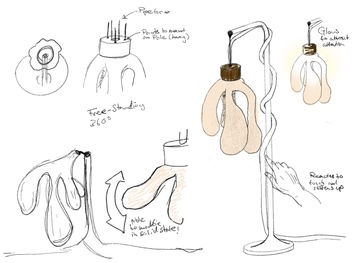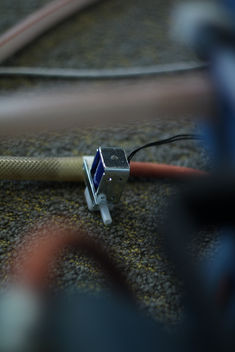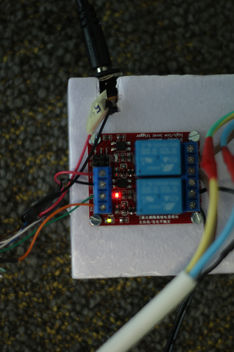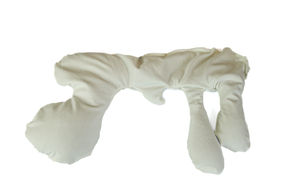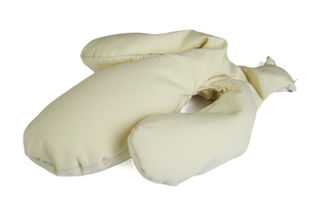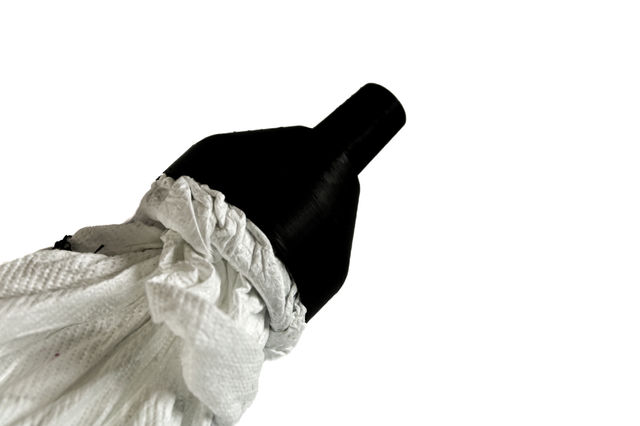
Interactive Materiality
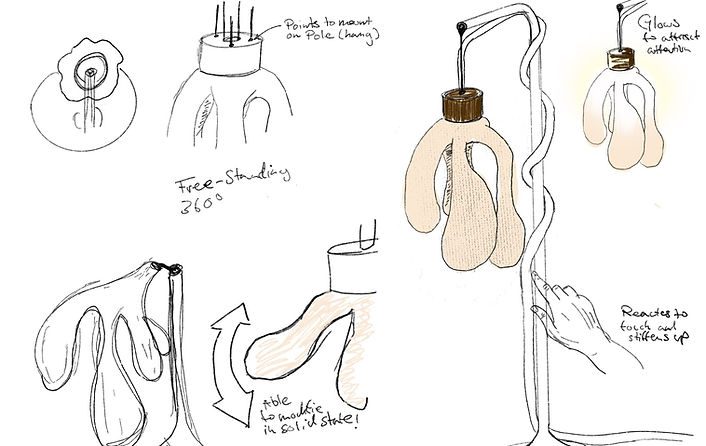_JPG.jpg)
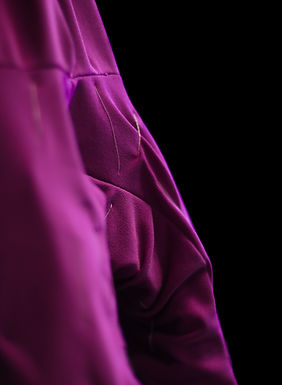.jpeg)
Interactive Materiality
Jeppe Groen
Henning Monsieur
Silvia Teişanu
Interactive Materiality challenged me to rethink how materials can act as an interface. It's about moving away from traditional screens and control options. This course focused on exploring smart material interfaces (SMIs) and their potential for creating engaging, tactile and visually stimulating interactions. Our project was based on the concept of granular jamming, a phenomenon in which materials such as foam spheres change from soft and similar to liquid, to rigid and static when exposed to a vacuum. This process has allowed us, as part of the course, to create a prototype that responds dynamically to touch and changes in the immediate environment.
This project is based on iterative material tests that combine granular materials with fabrics and light to ultimately design an artifact that should stimulate curiosity and interaction. By programming in behaviors such as “breathing” movement, and changing the visual appearance, the prototype invites users to interact with the material in new ways. In collaboration with my team, I experimented with vacuum-based actuation, capacitive touch sensors and dynamic light to create a system that achieves a balance between technical complexity and aesthetic appeal.
This course broadened my knowledge of T&R, particularly through exploring the idea of softrobotics and interactive programming. It also deepened my understanding of C&A by focusing on how material properties, movement and light can inform meaningful user experiences. The Insides of this course informed my broader approach to interaction design and in blending tactile, visual and emotional elements in design.
